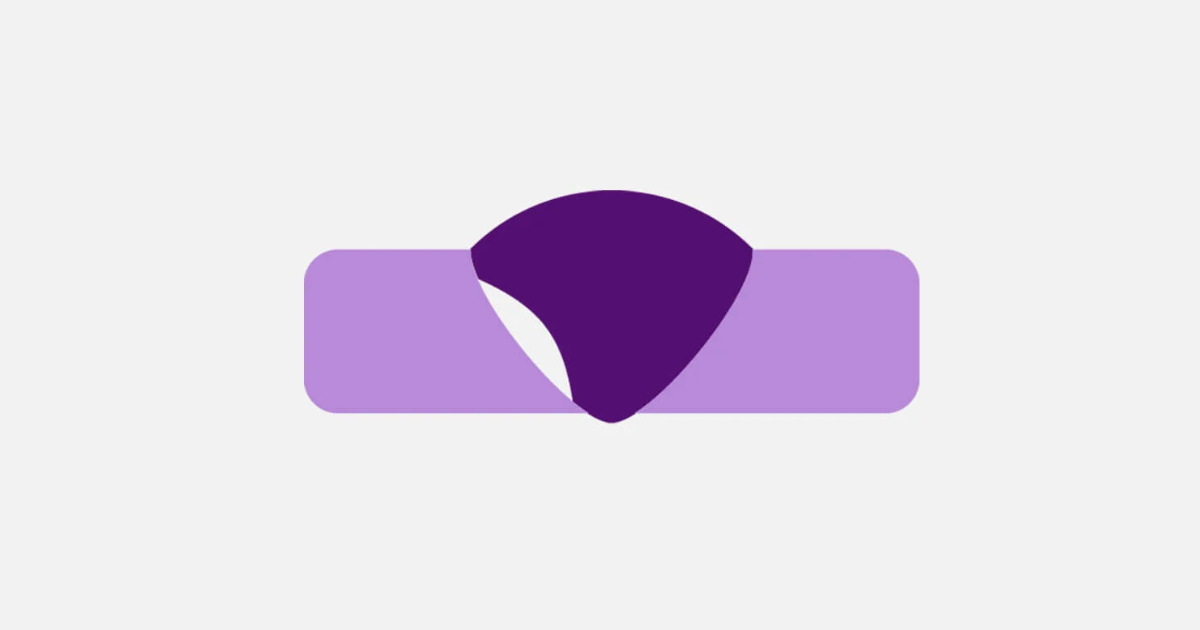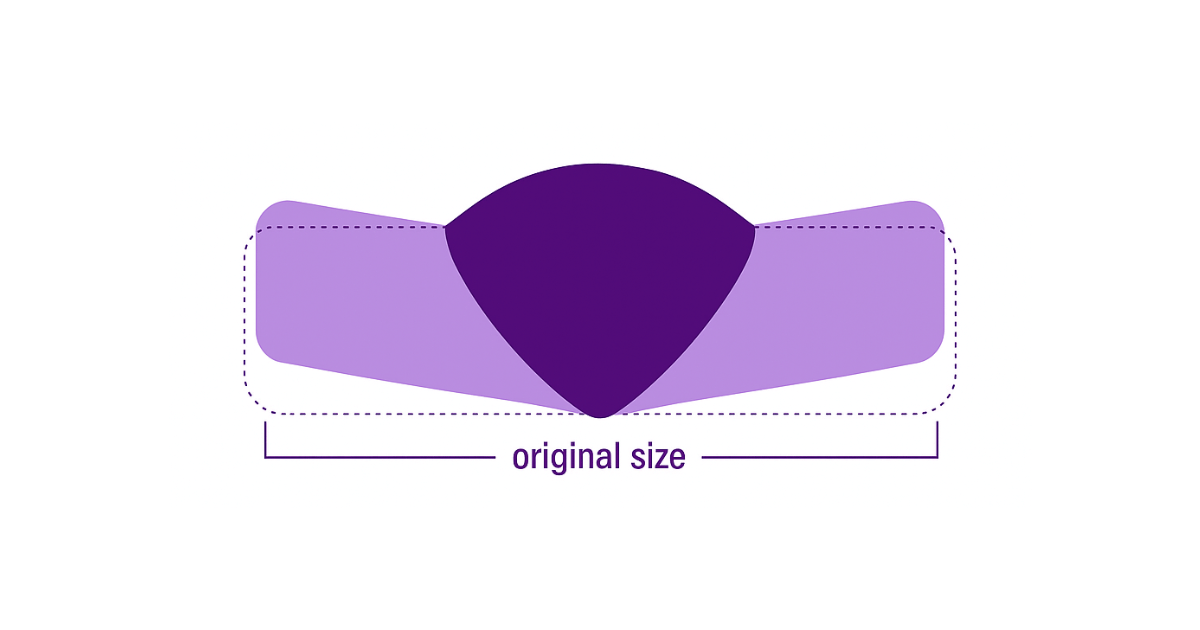Buying any capital equipment such as a Weld Camera usually involves making a business case for the investment. Using internal rate of return (IRR) and other financial metrics, the investment is compared against competing capital investments.
In this first installment of our series on How to Justify the Cost of a Weld Camera, we explore the cost savings realized by the decrease in welding defects when Weld Cameras with the proper technology are used.
A Weld Camera with High Dynamic Range imaging capability, such as the Xiris XVC-O, significantly improves the visibility of the welding process, reducing scrap and rework costs due to defective welds. If the Weld Camera’s images provide good detail of the weld while it is happening, then better welding processes result, avoiding the need to rework the weldment by grinding off spatter, chipping off slag, grinding welds down, or even having to re-do the weld.
Reduced Scrap Volume
Reduced scrap volume is especially important in high-volume production environments where direct material costs are a major variable cost. When manufacturing processes get out of control, common trial-and-error solutions typically prolong the time needed to correct the process. The result is high wastage and repair costs.
Reduced Product Returns and Rework
As a monitoring tool, the XVC-O Weld Camera system contributes substantially to factory containment schemes for flawed product. Continuous monitoring of a weld process by an operator assures real-time alerts for recurring weld quality concerns—such as shielding-gas problems, wire-feeding trouble, and misalignment of weld head to weld seam—that can lead to costly product returns and rework.
When product is returned, the producer must bear the cost of reworking to improve quality to the customer's level of expectation, or the product must be scrapped. In addition, extra charges for shipping and handling are incurred, damage-control visits to the customer plant may be required, and administrative costs accumulate.
Conclusion
Using a Weld Camera capable of producing high-quality weld images for continuous monitoring can reduce the costs of wasted material, rework, and other expense due to defective welds.






